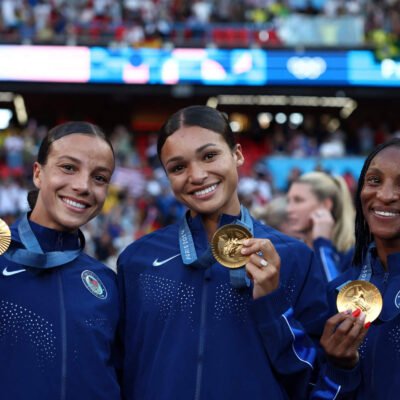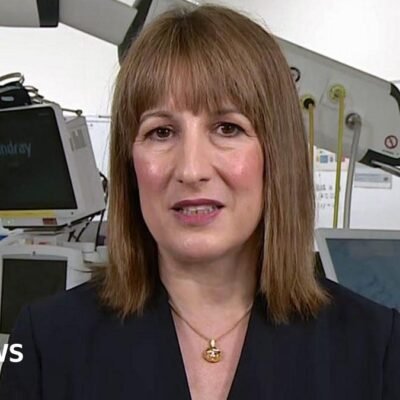2024 Presidential Election
Now that Vice-President Kamala Harris and former president Donald Trump have selected their running mates – Governor Tim Walz and Senator JD Vance – the battle is on, and the choice handed to the American people could not be more stark than it is this year.
As little as 24 years ago, George W. Bush on the right and Vice President Al Gore on the left – engaged in a knockdown, drag out battle of American politics as usual, each had his own base of voters with a small middle of persuadable, undecided voters up for grabs – a malleable middle. What a concept.
Not only were those voters up for grabs, the issues and the candidates’ positions on them were dynamic, and to a small extent, debatable. For example, Gore’s attempt to portray Bush as being hard on social issues was not successful due to Bush touting himself as a “compassionate conservative.” Bush got the better of that one, but both were willing to move toward the middle, as least as far as appearances would take them.
When I began voting in the late sixties, about 80% of the electorate was considered moderate, with about 10% on each fringe. But the seeds for extremism had been planted in the 1964 election by Republican Barry Goldwater, who had no choice but to declare, “Extremism in the defense of liberty is no vice.” He then suffered, at the hands of President Lyndon B. Johnson, one of the most lopsided defeats (both popular and electoral vote) in history.
Over the past eight election cycles or so, the electorate has become so polarized – and opportunistic politicians on both sides have stoked those flames instead of dousing them – that moderation seems extinct. If you’re waiting to see that this year, may I suggest expecting the Easter Bunny first? The issue is no longer on which side of the aisle someone is; it’s how far they can stretch things before they snap.
So that puts us in a position where we know clearly where the candidates are on any issue. There are no shades of gray, which leaves us no choice but to examine not what they say or do and the way they say or do them.
For instance, what kinds of political ads – negative or positive – will they run? What kind of language – inclusive or exclusionary – will they use? Will they layout a clear vision for America, with no obfuscation or subterfuge in the mix? Barry Goldwater was straight and honest on this, gotta’ hand it to him. Will candidates’ messages align with their bases? Will they be truthful? Fact checking is easy, you know. rrrrd all too common of late?
This year, with the issues and differences as clear as day and further apart than ever, the way the candidates communicate them will make the difference.
That’s just the way this writer and retired adjunct professor of leadership and communication sees it.





